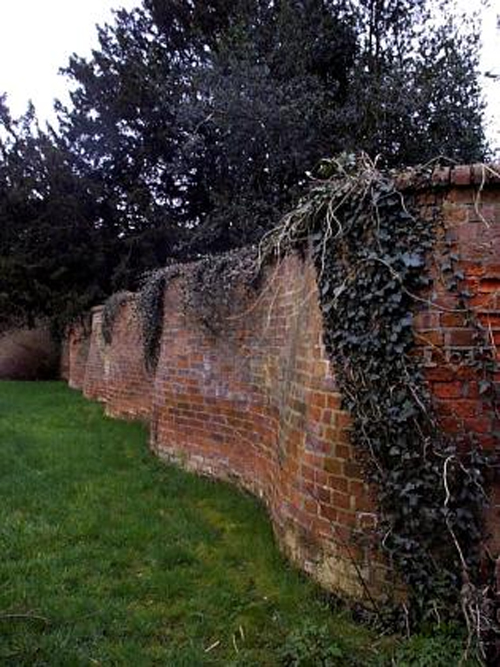Out and about looking at Crinkle Crankle Walls
Historian feature

At the village of Easton in Suffolk one of its most distinctive features is its crinkle crankle wall. It is said to be the longest example of this form of wall construction and design. When Easton Hall, the seat of the Duke and Duchess of Hamilton was demolished and transported to the USA in the 1920s, to be re-assembled as a ranch, the estate's crinkle crankle boundary wall running alongside to road to All Saints Church remained as a fragmentary remnant of the previous estate.
The term ‘crinkle crankle' is, in origin, a Suffolk dialect term to describe substantial brick walls which are serpentine, or sinuously curving, in form. Sometimes they are known as ‘ribbon walls'. In their most traditional form they were built as a single line of bricks, with the sinuous design removing the need for buttressing, because the serpentine shape provided its own stability.
In the popular mind crinkle crankle walls are especially associated with Suffolk and it is certainly possible easily to identify more examples in that county than elsewhere - at places such as...
This resource is FREE for Historian HA Members.
Non HA Members can get instant access for £2.75

